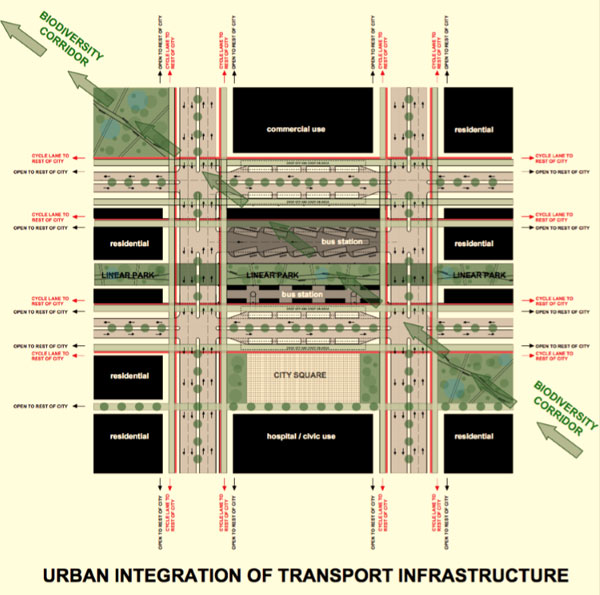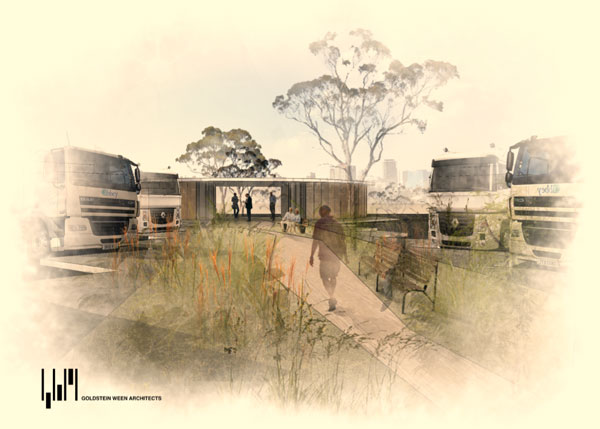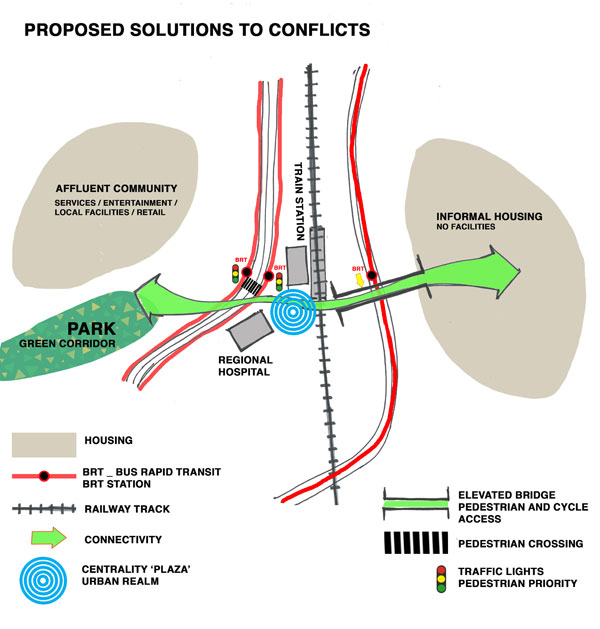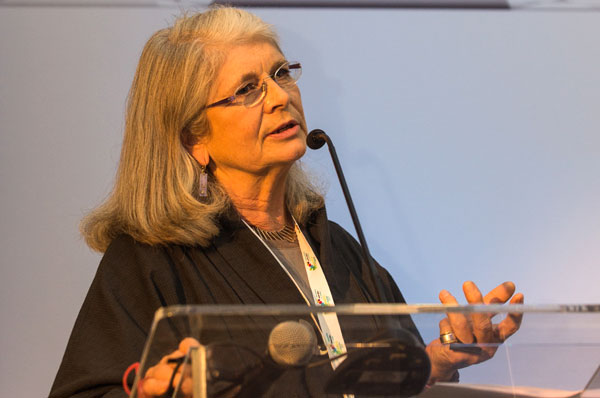By Camilla Ween, Director of Goldstein Ween Architects, Chair of Trustees of Spacelink Learning Foundation, Past-President of Women’ in Transport, United Kingdom
This piece was originally published on Transport for New Homes’ website and is being republished with permission from Transport for New Homes.
The planet is in a climate crisis and the UK is in a housing crisis. We need a paradigm shift in the way we do things so that we can deliver about 250,000 new homes annually, that will not exacerbate our attempts to reach zero carbon and that will not destroy the planet.
The United Nations has outlined 17 Goals for sustainable development, the Sustainable Development Goals (SDGs), to help shape a future that delivers decent lives for people, while at the same time protecting our environment. The UK should look to these for guidance over all development that we embark upon, as the SDGs articulate most clearly what sustainable development looks like. UK local and national planning policies are inevitably UK focussed and do not encompass global issues. We should, therefore, use the SDGs to filter proposals and ensure that they fulfil the global aspirations for a decent future. Designs must push against local barriers if proposals fall short.
Transport is responsible for about 26% of greenhouse gas emissions, much arising from personal car journeys. Our society will not be able to achieve the UN goals if we do not change the way we travel; that means we need to create new communities that are NOT car dependent. That means careful consideration of where new development is located, as well as how we design new communities, for example, places that are well connected with high quality public realm and movement infrastructure that encourage people to want to move to a car-free lifestyle.
“Development projects are often framed in very narrow and specific ways. However, if we keep an open mind and look broadly for opportunities, then by simply tweaking the design we can achieve so much more for little or no extra cost. Every design project offers the opportunity to include design features that help us achieve the SDGs’ aspirations.”
The design process can and should seize opportunities to deliver sustainable solutions; good connectivity will encourage people to walk or cycle; careful design and layout can include biodiversity corridors and sustainable drainage solutions; pleasant public spaces, that feel welcoming, can help cement social cohesion.
By locating new development near public transport and designing communities that are well connected to the things we need to get to will mean that people are more likely to forgo car journeys. Rail travel has a very low carbon footprint, so developing along rail corridors is obvious and ensuring that the access to it is mainly by public transport, walking or cycling will mean that people will choose the low carbon travel option. That means no more ‘Park & Ride’ facilities.
Many transport projects I have worked on started with very narrow and specific briefs, but with a little discussion it was possible to broaden the remit and include other objectives. For example, a project for the city of Kano in Nigeria simply asked for five freight terminals and five bus interchanges; our design included permeability of the (very large) sites, biodiversity corridors, green infrastructure and walking and cycling networks that would integrate the sites into the city.






